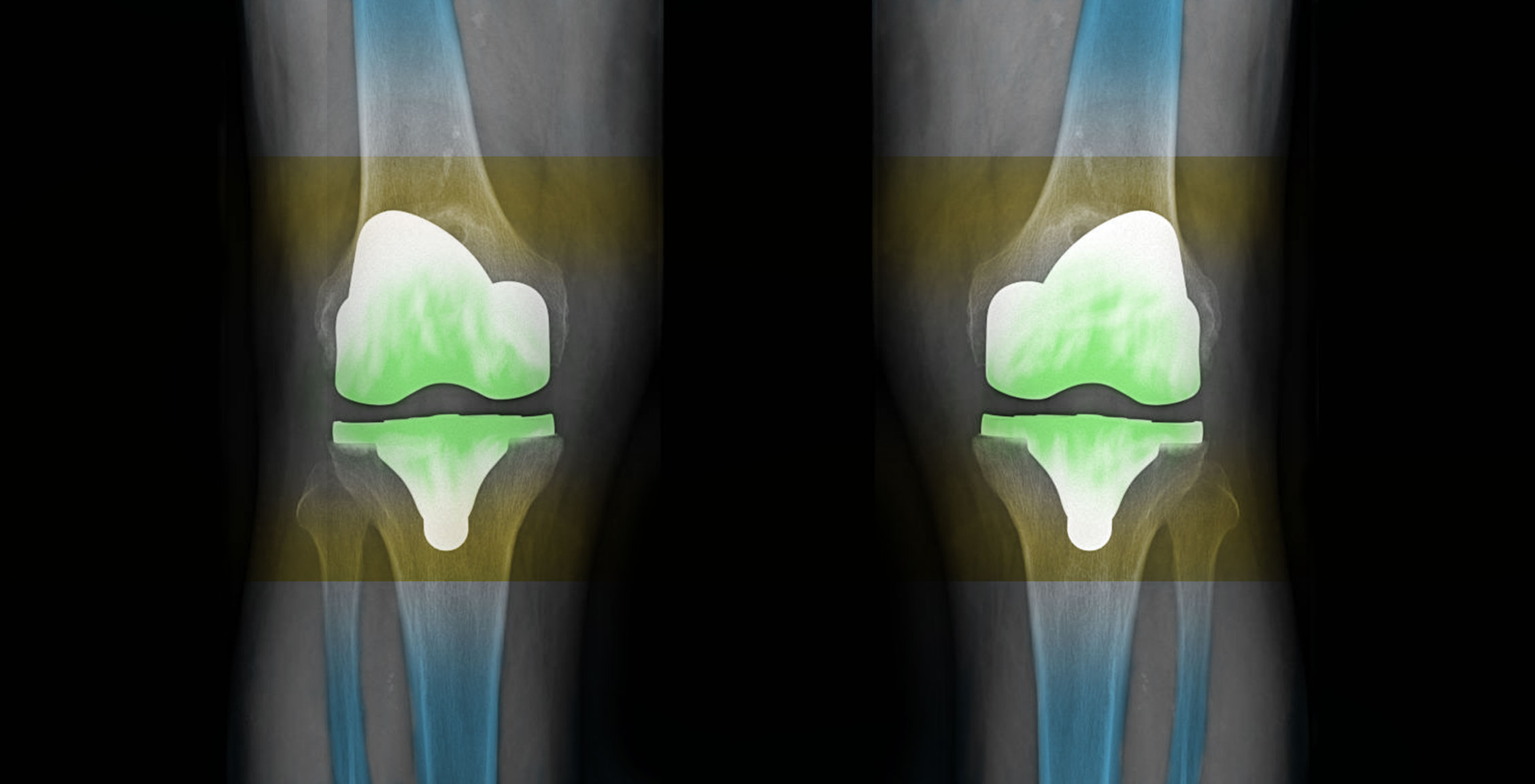Knee surgery in Zurich? Artificial knee-joint
The knee is one of the most complex joints. It requires very delicate work - A watchmaker's hand to treat it.
Matthias Schmied
- Doctor of Medicine, MD. Specialized
in Orthopaedics and Traumatology. He studied medicine at the University of Zurich (Universitätsspital, Zürich) and has been practicing since 2000. Dr. Schmied has worked in leading healthcare institutions in Switzerland, Germany and Scotland. Since 2016, he has run his own practice. Among others, he is a member of the International Society for Hip Arthroscopy (ISHA) and the Swiss Medical Association (Vereinigung der Schweizer Ärztinnen und Ärzte, FMH).
Dr. med. Matthias Schmied
Our knees determine how easy or difficult our journey through life will be. Dr. Matthias Schmied told us how to efficiently treat a knee joint by non-surgical means and how new Swiss technologies help to improve the results of knee prosthesis.
Dr. Schmied, what's the most common diagnosis you give to your patients?
Osteoarthritis, meaning degenerative changes. There are a wide range of causes, including age, activity, trauma, anatomic abnormalities, in ammatory conditions and other diseases.
What should a patient do in this situation? What kinds of treatment can you recommend?
First of all you should remain active if possible, and supplement your physical exercise with physiotherapy. The second step includes painkillers and injections - traditionally cortisone. Modern methods involve injections of autologous conditioned plasma. A patient's blood is taken and processed. The healing elements are separated from the blood and are injected back into the joint.
The advantage of this method is that the patient's own healing potential is used. There is no risk of allergy. It is the client in case of mild to moderate arthritis, sports injuries and in ammatory diseases a ecting ligaments. If conservative treatment does not help, the next step is surgery. For early stage arthritis and a damaged meniscus, arthroscopy is a possible option as a minimally invasive procedure.
If joint preserving treatments fail and degenerative changes are too advanced, artificial knee-joint is an excellent option. Patients spend a week in hospital and then they need to undergo rehabilitation. In a high percentage of cases we are very satisfied with the results. A new Swiss invention involves special surgical techniques to improve the stability of the artificial knee-joint. The results are very promising and many patients are able to go back to taking part in sports.
In 80-90%
of cases we are satisfied with the results
of the artificial knee-joint


